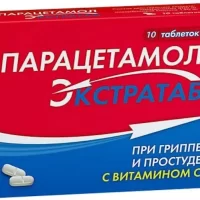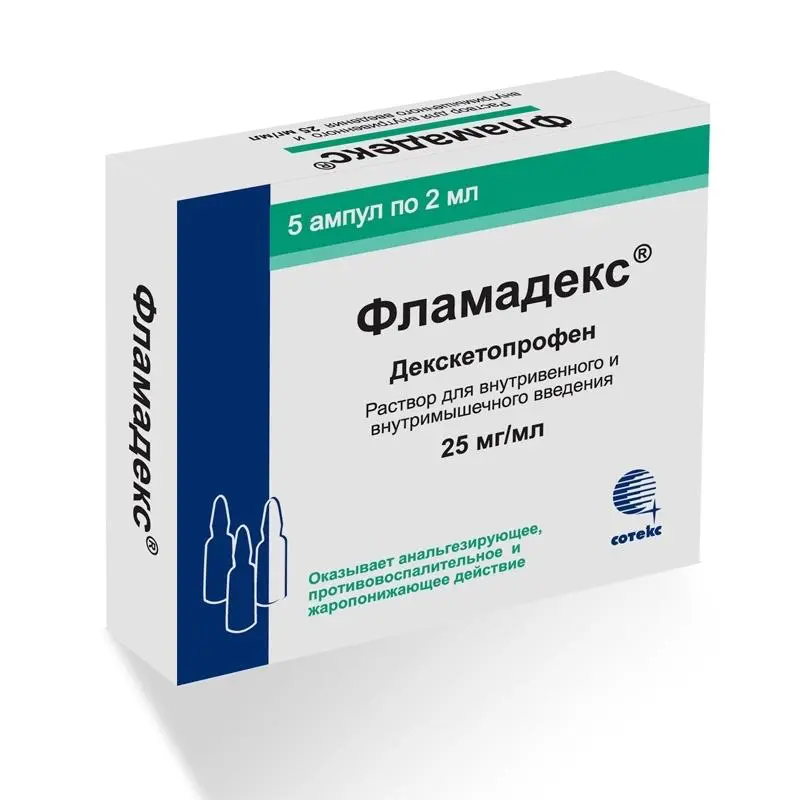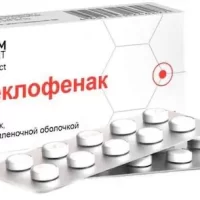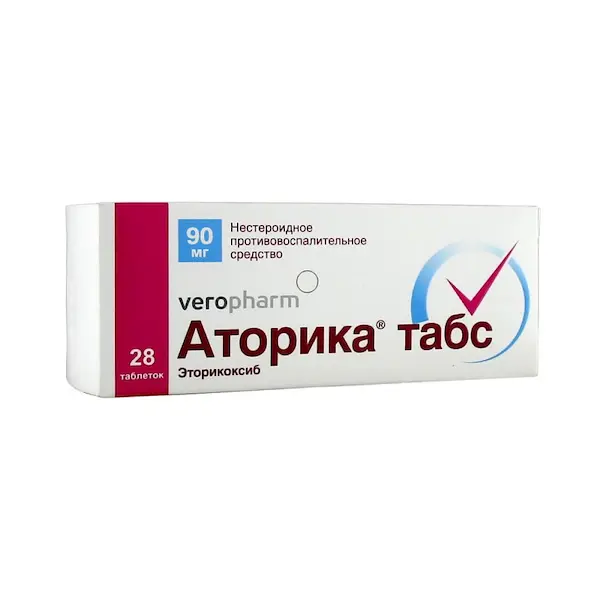Description
Nexemesin Pharmacodynamics
Nexemesin has analgesic, antipyretic and anti-inflammatory effect. The mechanism of action is associated with non-selective inhibition of cyclooxygenase-1 and -2 (COX-1, COX-2) activity. Nexemesin, film-coated tablets dissolve well, are quickly absorbed from the gastrointestinal tract and provide rapid onset of analgesic effect.
Indications
Diseases of the musculoskeletal system (rheumatoid arthritis, psoriatic, ankylosing spondylitis, gouty
arthritis, rheumatic soft tissue lesions, osteoarthritis of peripheral joints and spine, including radicular syndrome, tendovaginitis, bursitis).
Pain syndrome of mild to moderate severity: neuralgia, ossalgia, myalgia, lumboishalgia, posttraumatic syndrome (sprains and contusions) accompanied by inflammation, postoperative pain (in traumatology, orthopedics, gynecology, maxillofacial surgery), headache, migraine, algodysmenorrhea, adnexitis, toothache.
Naproxen is used for symptomatic therapy (to reduce pain, inflammation) and has no effect on the progression of the underlying disease.
Contraindications
– Hypersensitivity to naproxen or naproxen sodium.
– Complete or incomplete combination of bronchial asthma, recurrent nasal or paranasal sinus polyposis and intolerance to acetylsalicylic acid and other nonsteroidal anti-inflammatory drugs (NSAIDs) (including history).
– Period after coronary artery bypass grafting.
– Erosive ulcerative changes of the mucosa of the stomach or duodenum, active gastrointestinal bleeding.
– Inflammatory bowel disease (non-specific ulcerative colitis, Crohn’s disease) in the acute phase.
– Hemophilia and other disorders of blood clotting and hemostasis.
– Cerebrovascular bleeding or other bleeding disorders.
– Decompensated heart failure.
– Severe hepatic insufficiency or active liver disease.
– Severe renal insufficiency (creatinine clearance (CK) less than 30 ml/min), advanced renal disease, confirmed hyperkalemia.
– Pregnancy, breast-feeding.
– Childhood under 16 years of age.
How to use and dosages.
- Inside.
- Tablets are taken with a sufficient amount of water. Follow the doctor’s instructions. You should not stop the treatment or change the dosage without consulting your doctor first.
- Ask your doctor about the duration of use of the medicine.
- Recommended therapy regimen
275 mg tablets - Adults
The usual daily dose used for pain relief is 2-3 tablets (550-825 mg). The maximum daily dose is 3 tablets (825 mg). The duration of use is not more than 5 days. - In very severe pain and absence of gastrointestinal diseases in the anamnesis, the daily dose may be increased to 6 tablets (1650 mg), but not more than for 2 weeks, as prescribed by the doctor.
- To relieve menstrual pain and cramps, pain after IUD insertion and other gynecological pain, it is recommended to prescribe the drug in an initial dose of 2 tablets (550 mg) and then 1 tablet (275 mg) every 8 hours.
- Children
A daily dose of 10 mg/kg in 2 doses is recommended for children 16 years of age and older. - To reduce the risk of gastrointestinal adverse events, the minimum effective dose should be used for the shortest possible course.
- If you get the impression that the effect of the drug is very strong or weak, inform the attending physician or pharmacist.
- Tablets 550 mg
- Adults, children 16 years of age and older
The usual daily dose used for pain relief is 1-2 tablets (550-1100 mg). - If the pain is very severe and there is no history of gastrointestinal disease, the doctor may increase the daily dose to 3 tablets (1650 mg), but not for more than 2 weeks.
- If you get the impression that the effect of the drug is very strong or weak, inform your attending physician or pharmacist.
- For the relief of menstrual pain and cramps, pain after IUD insertion and other gynecological pain (adnexitis, childbirth as an analgesic and tocolytic agent), the initial dose of 1 tablet (550 mg) is recommended, then ‘L tablet (275 mg) every 6-8 hours.
- Children
Nexemesin is contraindicated for use in children under 16 years of age. - To reduce the risk of gastrointestinal adverse events, the minimum effective dose should be used for the shortest possible course.





